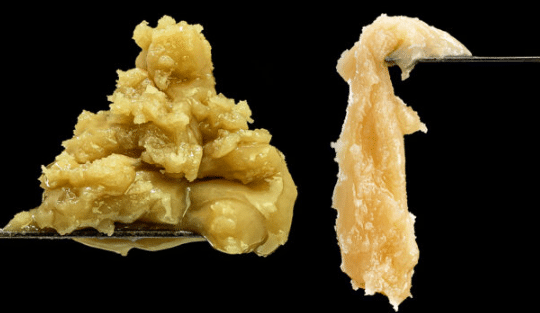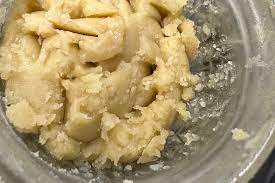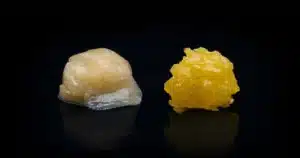Rosin is one of the most flavorful cannabis concentrates that traditional users and connoisseurs prefer alike. Flower rosin and hash rosin are two primary products in this category. Whether producers, consumers, or dispensary operators, there is an ongoing debate about the choice between flower rosin and hash rosin.
That’s what we explore in this guide. We take a closer look at production methods, product quality, and characteristics of these solventless extracts.
Sections
ToggleWhat Is Rosin?
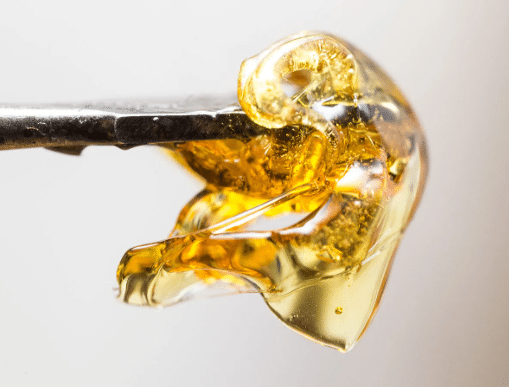
Rosin is a solventless cannabis concentrate that is extracted through heat and pressure application. When plant material is pressed and heat is applied, it causes the trichomes to release their essential oils and cannabinoids. A cleaner and safer alternative to solvent-extracted rosin, this product has a more natural terpene profile and flavorful cannabinoid content.
What Is Flower Rosin?
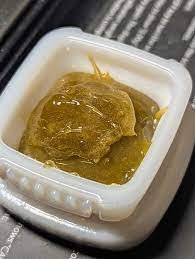
Flower rosin is extracted by applying heat and pressure directly to the cannabis flower buds. The process utilizes a rosin press for controlled heat and pressure application, extracting concentrated oil from dried or cured cannabis flowers.
Key Characteristics:
- Extracted directly from dried or cured cannabis flower buds
- Minimal preparation is needed as the extraction process is simple
- Doesn’t require expensive equipment, lower initial investment
What Is Hash Rosin?
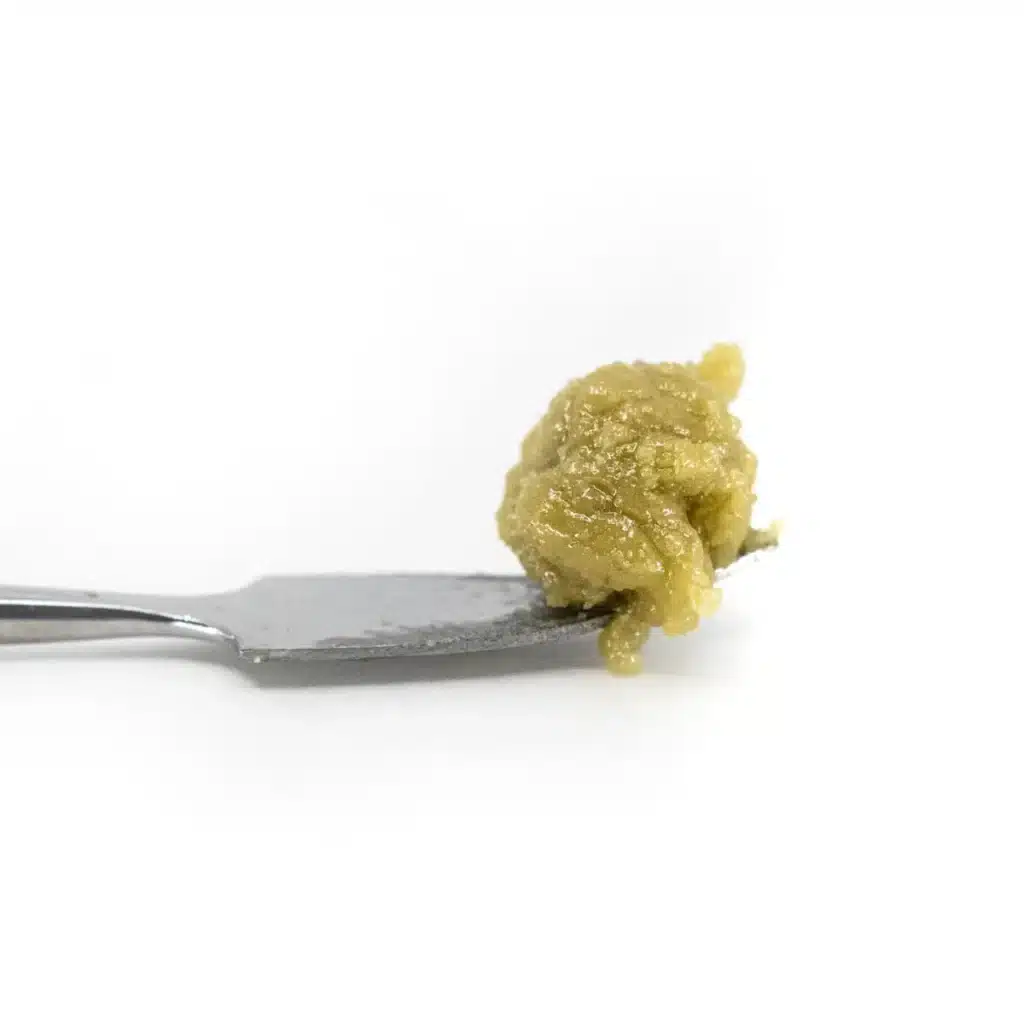
Hash rosin is produced by pressing ice water hash (bubble hash). As opposed to whole flower, hash is more refined. The extraction process involves two stages: first, bubble hash creation, and then pressing the hash into rosin.
Key Characteristics:
- Uses ice water hash or bubble hash as the source material
- The extraction process is multi-stage, involving hash-making and pressing
- Rosin quality is superior with minimal plant contamination
Flower Rosin vs Hash Rosin: Key Differences
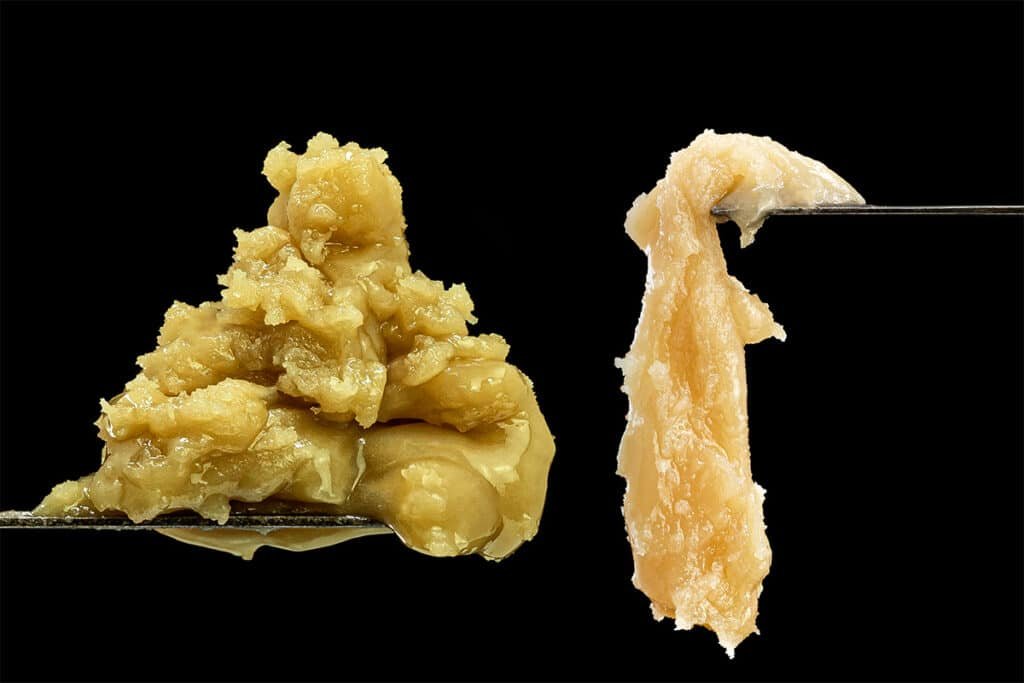
Aspect | Flower Rosin | Hash Rosin |
Source Material | Utilizes whole dried or cured cannabis flower buds | Uses Ice water hash (bubble hash) made from trichomes |
Purity | Contains more plant material and lipids and up to 50-70% cannabinoids | Higher purity with 70-90%+ cannabinoids and minimal contaminants |
Flavor& Aroma | More natural terpene profile but can have plant/chlorophyll notes | Superior terpene preservation; clean, complex flavor profile |
Yield | 15-30% yield depending on flower quality and moisture | 3-5% overall yield from flower to hash to rosin |
Equipment & Labor | Rosin press, pre-press mold, and collection tools | Washing machine, freeze dryer, filter bags, rosin press, and more |
Cost & ROI | Lower production costs; faster return on investment | Higher upfront costs; premium pricing offsets expenses |
Target Market | Budget-conscious consumers; accessibility-focused market | Connoisseurs and premium market; quality-focused consumers |
Advantages and Limitations of Each
To make an informed choice between flower rosin and hash rosin, it is essential to understand their advantages and limitations.
Flower Rosin
Advantages:
- Easy to produce and requires minimal equipment, a straightforward production process
- Low initial investment for equipment and material preparation
- Faster time-to-market cycle resulting in quicker inventory turnover
Limitations:
- Due to no separation or purification, flower rosin has lipids, fats, and waxes
- The presence of chlorophyll may cause a harsher flavor
- Cannot be priced as a premium, same as hash rosin products
Hash Rosin
Advantages:
- Ice water hash delivers high purity while maintaining solventless safety
- Superior flavor and aroma profile without any chlorophyll
- Can be priced as a premium in competitive consumer markets
Limitations:
- Labor-intensive production process involving two stages
- Significantly higher production costs for equipment and materials
- Yield is lower, which makes the final extract expensive
Production & Operational Considerations

A comparison of flower rosin and hash rosin for commercial purposes should be made based on these considerations.
Material Preparation
- Flower rosin: Fresh cannabis flowers need proper drying and curing to optimize moisture content. Dried flowers are put in filter bags before pressing to more efficiently separate rosin from plant material.
- Hash rosin: Dried or fresh frozen cannabis buds are processed through ice water extraction to separate trichomes from other plant material. Then, the hash is freeze-dried to remove moisture for proper consistency.
Equipment & Labor
- Flower rosin: The extraction process is straightforward, utilizing a rosin press, pre-press molds, filter bags, and collection tools. A single operator can manage the entire extraction process.
- Hash rosin: Requires extensive equipment, including washing machines, multiple micron filter bags, a freeze dryer, and a rosin press. Hash rosin production requires skilled labor familiar with ice water extraction techniques.
Yield & Output Quality
- Flower rosin: The yield of flower rosin can vary between 15% and 30%, depending on the quality of the flowers. Moisture content and pressing parameters also affect the final product quality.
- Hash rosin: Overall yield typically ranges from 3-5%. The initial ice water extraction yields 10-20% hash, which then presses at 70-90% efficiency. Yield may be low, but the premium quality commands 2-3x higher prices than flower rosin.
Profitability
- Flower rosin: For businesses looking for volume and accessibility, flower rosin is an ideal choice. Its lower production costs and faster processing times offer moderate profit margins with low initial investment.
- Hash rosin: Despite higher production costs and lower yields, the premium pricing of hash rosin offers higher profit. Depending on the purity, producers can maintain access to the connoisseur market.
Which One Should You Choose?
Choose Flower Rosin if:
- You’re a small- to mid-scale producer with limited capital investment and extraction knowledge
- You cater to a cannabis market where consumers prioritize affordability and accessibility over maximum purity
- You need faster production cycles and quicker inventory turnover
Choose Hash Rosin if:
- Your target premium and connoisseur segments of the cannabis market
- You have access to skilled labor and capital for multi-stage processing equipment
- You want to create a premium brand in solventless concentrates
Conclusion
Ultimately, the choice between flower rosin and hash rosin is determined by production capabilities, target markets, and quality objectives. Flower rosin is easy to produce, requiring low initial investment while offering accessibility, simplicity, and reasonable profit margins. Hash rosin is the highest quality extract in the solventless segment. Offering unmatched purity and flavor, it is ideal for discerning consumers, commanding premium pricing. Several successful operations offer both flower and hash rosin products, serving diverse market segments while optimizing their production capabilities.

